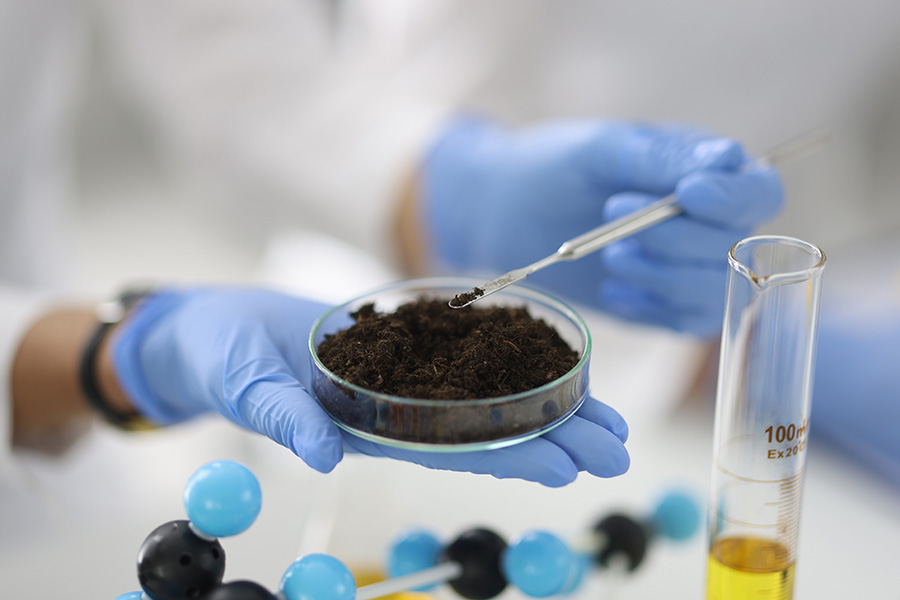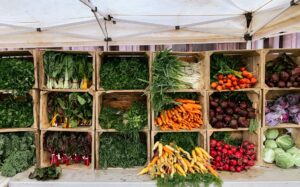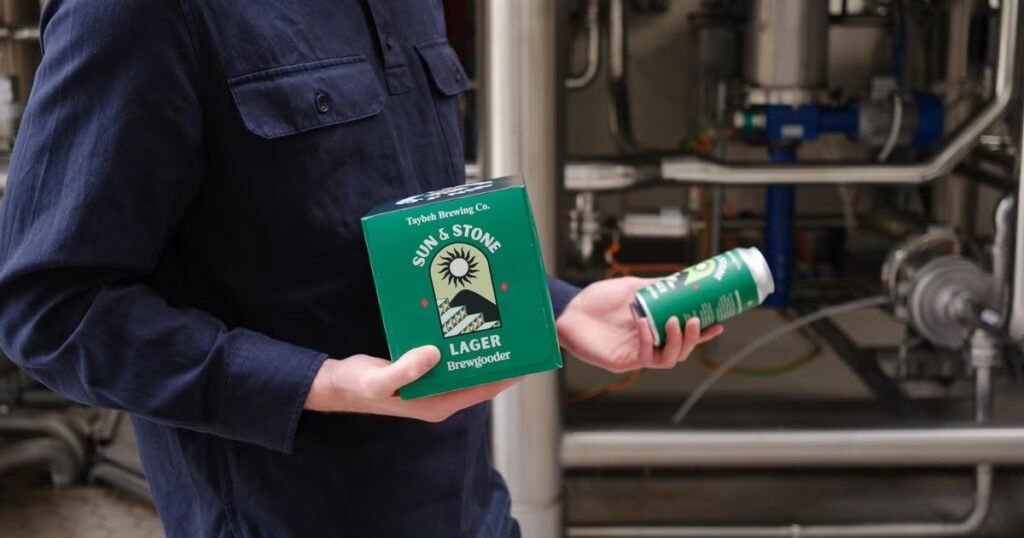The idea of lush farmland thriving in the middle of the desert might sound like a mirage. But a groundbreaking new study co-authored by researchers from the American University of Sharjah (AUS), reveals that desert microbes—tiny organisms living in the soil—could hold the key to transforming arid land into fertile ground.
By studying the invisible communities of desert microbes, researchers have found that some of the world’s harshest terrains may be more fertile than we once believed, at least, with a little help from nature’s tiniest workers.
Farming the Unfarmable
Desert soils have long been dismissed as lifeless and infertile, but this new research, published in the journal Science, challenges that assumption. Scientists found that microbial life in arid soil – including bacteria and fungi – can be harnessed to improve fertility, retain moisture, and even help crops grow in extreme conditions.

By comparing microbial communities in deserts from 11 countries, the team discovered that the Arabian desert in particular, including areas of the UAE, may be one of the most promising places to pioneer these microbial solutions.
Why It Matters for the Region
As the climate crisis intensifies and water becomes scarce, food security is becoming a growing concern for countries with limited arable land. The UAE imports around 85 per cent of its food, making it vulnerable to global supply chain disruptions.
The ability to restore life to desert soils using natural processes such as desert microbes could transform not just landscapes, but economies and diets.
‘Microbial life is one of agriculture’s most overlooked tools,’ said co-author of the study Professor Junling Zhang. ‘When we support the living processes in soil, we create systems that are more sustainable, more adaptive and better aligned
with how ecosystems naturally function.’
So what does this mean for everyday life? For starters, it could reduce the carbon footprint of the food we eat by making it possible to grow more produce locally. It could also encourage regenerative farming practices that enrich, rather than deplete, the earth.

In a country where vertical farms and hydroponic greens are already gaining ground, microbial soil enrichment could be the next big leap in sustainable agriculture.
While the findings are still in the early stages of application, the implications are global. As desertification threatens nearly a third of the Earth’s land, solutions like this offer more than local hope they offer a model for climate resilience.










